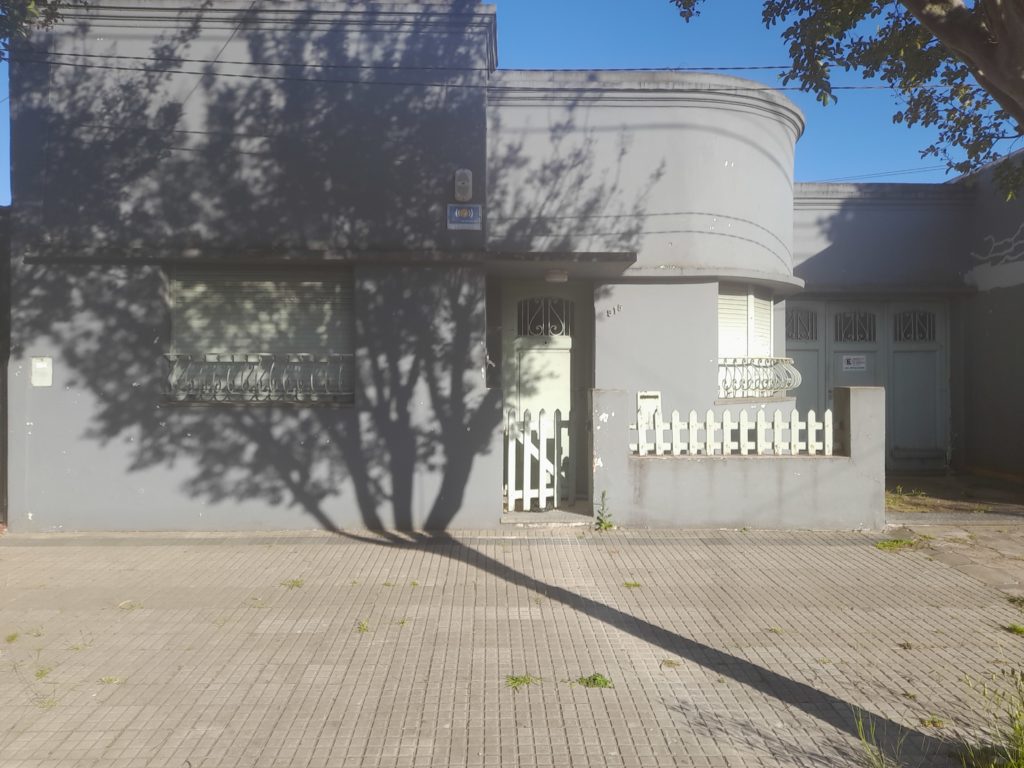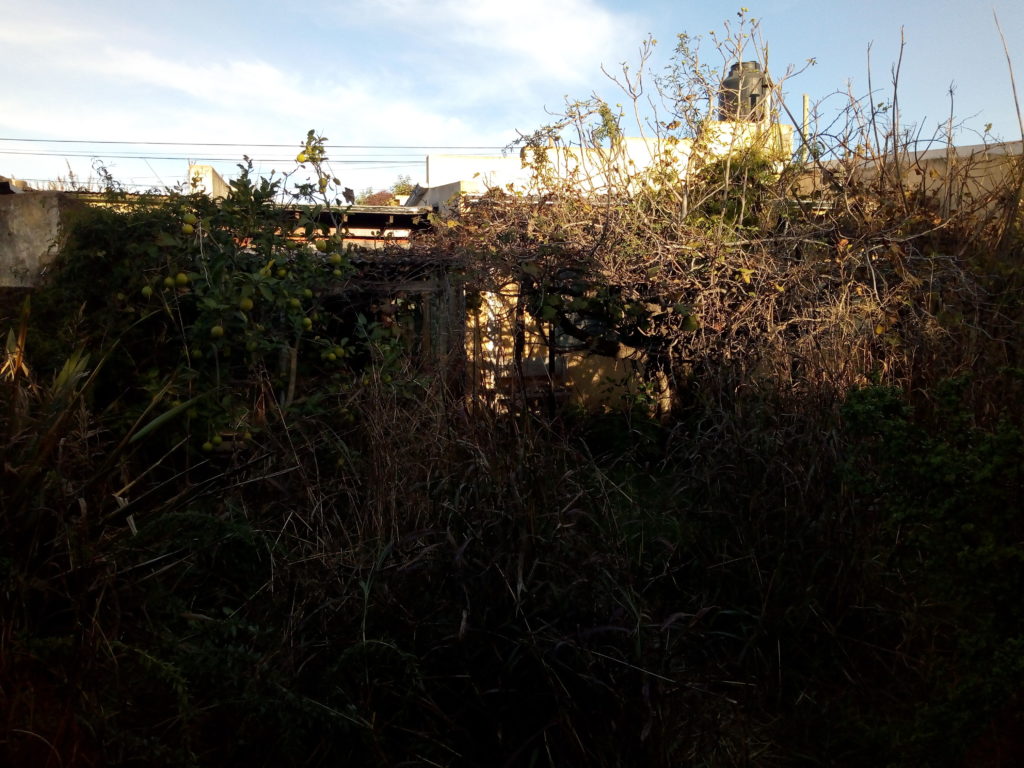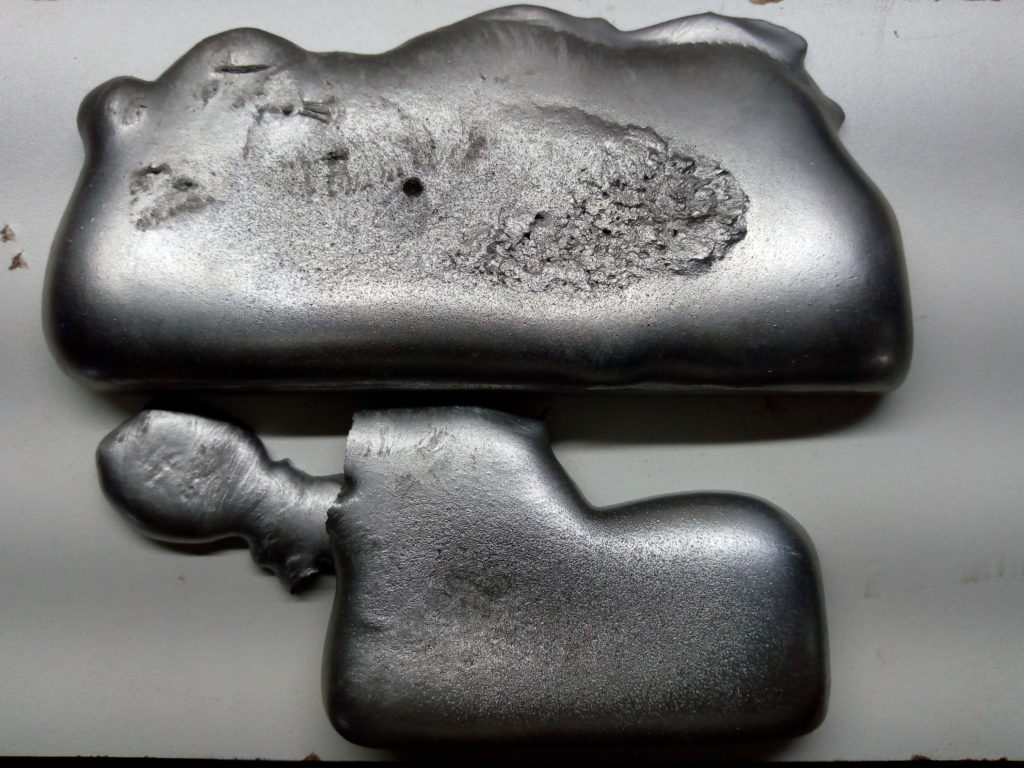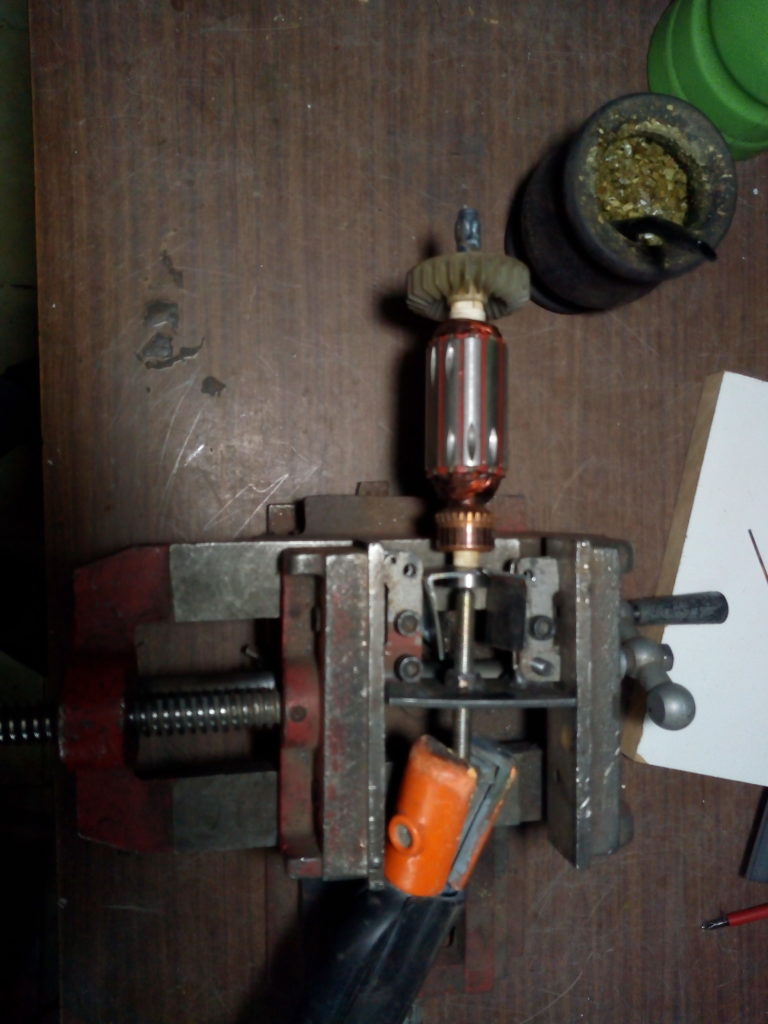Or not.
Time will tell.
Not alright.
“When I say I’m alright don’t look into my eyes, ’cause you’ll see I’m not alright”
Picture from: https://www.depressioncomix.com/posts/005/
Lyrics: “I’m not alright” by Storm & her Dirty Mouth. Listen here: https://www.stormlargedownloads.com/storm-hdm-misc.htm
Oops!…I Did It Again

The second part of https://tangopardo.com.ar/2cf7/2021/05/17/so-i-bought-a-house
Intelligence traps
A nice talk about common mental traps: Survival Heuristics: My Favorite Techniques for Avoiding Intelligence Traps – SANS CTI Summit 2018
From there, the Cynefin framework.
So, I bought a house
I still stand by my position stated some months ago but then a very good opportunity came by and I did the most sensible thing.
I bought a ticket for the Titanic house.
A nice place full of fruit trees. Three vines, a Fig, an all-year-round Lemon tree, Peach tree, Camphor, Blackberry, Pomegranate and Passiflora/Mburucuyá.
And on top of that it has a dance hall, with mirrors and a barre.
There’s a house, someplace behind all those weeds.

It’s hammer time!
Some days all I want to do is smash a hard drive to pieces and pour them into a roaring fire.

Sail away.
Once upon a time a wise man said:
Should you find yourself in a chronically leaking boat, energy devoted to changing vessels is likely to be a more productive than energy devoted to patching leaks.
And much to my sorrow, Uruguay and Paraguay look more and more like a suitable ship to board.
Installing rope guides and rollers
Today after waiting more than a year since I built them, I finally installed the rollers on our lamp fixture. I also exchanged the roof mounts with something sturdier. Now I only have to retouch the paint on a couple of spots and perhaps build a better winch to pull on all the ropes.
Shaft grinding
So after building up all the missing metal the next step is turning the shaft back into dimension.
To do this properly a lathe and/or a special grinder is used. I have neither but the points from that compass, a dremel and a bit of ingenuity.
Thus, this is how we create a precision ground shaft in the third world:
I did most of the hard work free hand at the bench grinder and then used this contraption and a small stone on the dremel to get it as close as possible to how it is supposed to be. The keyway only needed a small touch with a round burr after filling the walls.
The gear fits nice with just a bit of runout that I hope the rest of the tolerances will mask out.
And after putting all back together it’s running again. I only needed to add a shim between the gear and the bearing to take out a bit of axial play.
When it broke I was almost about to dump it, I had little experience welding and back then it was really cheap. But in spite of how it looks on the outside it has a very sturdy construction (for its price) and a quality needle bearing instead of a plain bushing like the others.
It was a good call, as now I have another working tool.
Worn shaft buildup.
I had this “Gladiator” angle grinder awaiting repairs for quite a lot of time. It was cheap but I liked it a lot because it came with a speed control and took a lot of use without complaining.
But one day it broke. The motor spun, there was a lot of noise but the output wasn’t turning. Inspecting the gearbox revealed that the small bevel gear was free in the motor shaft. The grease had some shiny specks and looking closer the key was still in the gear.
On the previous weeks it started to make louder and louder sounds but I assumed it was kind of normal for the abuse.
And then it seems that the keyway gave up and the shaft, soft as butter, ground itself between the hardened gear and the woodruff key until it became free:
I used the bearing puller to have a solid ground connection and started to pad beads to build up the missing metal. I went a bit overboard with the heat but I somehow managed to not bend nor twist the shaft. Tomorrow I’ll try to grind it back to the original dimensions.
Fixing a belt sander.
Well turns out that puller works with a bit of effort to keep it from buckling. So I used it to finish a belt sander that has been waiting on the bench.

Bearing puller at work
Because this bearing made an unbearable amount of noise:

Shot bearing
It’s amazing how much damage heat and wood dust can do. This was a 608-2RS and the metallic plates behind the seals were worn just paper thin.
Homemade bearing puller
Tonight I made something that resembles a bearing puller. I’ve been putting off for quite some time fixing a couple of tools because I needed one and this stormy evening seemed like a good time to end that.
(And also fire up the tig welder again now that I have a full bottle of argon.)
Yeah, it looks passable. But doesn’t work at all.
While building it I made (again) the same mistake of not getting the screw out after tacking the nut. And so, between the galvanized coating inside and the different expansion of the nut and the threads on the plate, the screw was firmly locked.
I waited for it to cool, applied penetrating oil and only managed to turn it a bit. I kept torquing and lo, it snapped. This is not a puny screw, it’s a stainless M8.
I welded a nut on the other side and again it snapped.
Then I ground it flush with the nut on the plate, affixed to the original end and tried again. This time just as I felt it about to give and break, it got loose and came apart.
Jut a little twisted.

Homemade/DIY bearing puller: damaged stainless screw
Retrieving passwords with tcpdump
The other night many weeks ago I chose to install Jitsi in one of our streamers.
I log into the OpenStack panel and make a quick resize of the instance.
Midway it barks and doesn’t come up. And nothing I can do from the console or there manages to un-stuck it from that state. So off it goes a ticket to support.
Meanwhile I spin another instance and rebuild the basic services.
In the heat of the night I forgot the set of users and passwords for the ingress streams. They were just there, in a volume attached to a zombie machine that I couldn’t access. And also in a backup disk just a room across, but I forgot about it back then.
Thankfully we got Nginx (and Traefik on the newer boxen) that take care of handling ssl, so inside everything is in the clear. All I had to do was
tcpdump -n -w dump 'tcp port 8000'and after a quick run with strings I had all the passwords again.
Making a beam compass
Today was one of those days when in order to do something I say to myself “I need this tool and (especially now) I can not buy nor justify buying it. So let’s build one”.
And that in itself takes more time than the whole project.
I was in the process of fixing an old dentists lamp that was laying around, the fresnel lens was originally held with some tiny and feeble metal strips that were in horrible shape.
Instead of making a replacement with some leftover stock or filler rods I decided to make a proper retention ring with sheet metal from a computer case.
But, my simple compass wasn’t able to make circles as big as I needed. Thus I set to build a beam compass.
I had the hardened points from a couple of broken punches, so it was only a matter of cross drilling some bolts and figuring out how to end up with something that would be useful.
Except from the bolts everything else came from either the rust bucket or the trash.

Beam compass. Cross drilling a bolt 
Beam compass: done
There are a lot of things that can be improved but as it is, it fulfills its intended purpose just fine:

Beam compass: first layout using it
Pity that it’s already too late to start the plasma cutter and finish this part.











